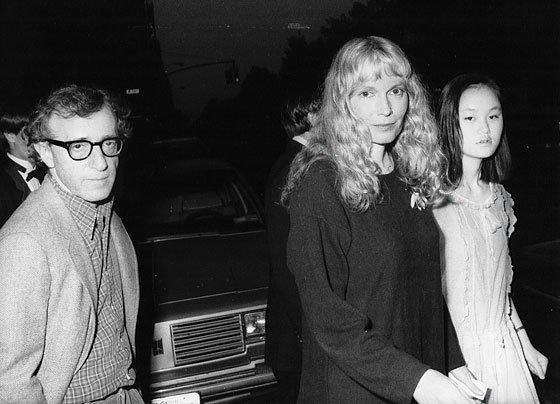
*Spoilers ahead*
Horrific. Intriguing. Gut-wrenching. Confusing. All these emotions swirl around your head as you watch Midsommar. The end doesn’t leave you feeling great. The normalcy of extreme cult type of behavior leaves you wondering how much of this is based on fact or fiction. The experiences that the characters go through seem almost too far-fetched to be true. The movie is based on the ideas that sprouted around Harga, Sweden as well as the folklore and mythology of the area. Although the overall storyline is not a work of nonfiction, many aspects of the rituals are based on things that have actually happened.
The film follows a group of young people as they join the summer solstice rituals of a small town in Sweden. Slowly, the group realizes that they are in over their heads as they are exposed to horrific scenes and rituals that shock the senses. This movie touches on many different topics as it progresses. It depicts the ease in which it takes to brainwash the vulnerable. Dani, the main character, is in a toxic relationship and struggling to find herself amidst the chaos. She becomes swept up in the brainwashing techniques of the cult and decides to stay in the commune, even after all of her companions have been brutally murdered. The disturbing thing about Midsommar is the feminist qualities to it as Dani travels through finding herself. By pairing the ideas of feminism and cultism and cults/gore, the audience sees these topics and cannot help but make a connection. This really shows how movies can manipulate our perception of controversial topics. There have been many conversations about the supposed danger of extreme feminists. By painting feminism as something that has negative events surrounding it, Midsommar is essentially an explicitly feminist movie with anti-feminist ideas implicitly applied. This two-headed snake type of writing is very good at wedging ideas into the back of the audience’s minds. The manipulation of ideas goes even further in this movie.
Cults have an eerie aspect to them and the ones that make the news have usually committed crimes under the justification of the cult leader(s). In this movie, the cult is said to have white supremacist connections. For example, there are nordic ruins, a type of breath language that they speak, and a sighting of a Nazi-related book in the movie. This further complicates the story and is a factor in the overall confusion of the story. Talking about confusion, I would argue that creating a storyline that was so confusing is a manipulation technique itself. By leaving a lot of questions up in the air throughout the film, the audience becomes overwhelmed with all the information that has to be sorted in the brain. Whether the audience picks up the hints to the connection to white supremacy or not, the fact that this movie was written to connect white supremacy, feminism, and cults is wrong.
Movies hold a significant amount of power in how people form opinions about the world around them. People idolize and glorify movies such as Midsommar because of their appeal to watch. People like to be scared. People like to experience shock through a screen. It’s just enough detached from our own lives that we can sit back and absorb the plot, making connections between topics as we watch that we were manipulated to notice.







